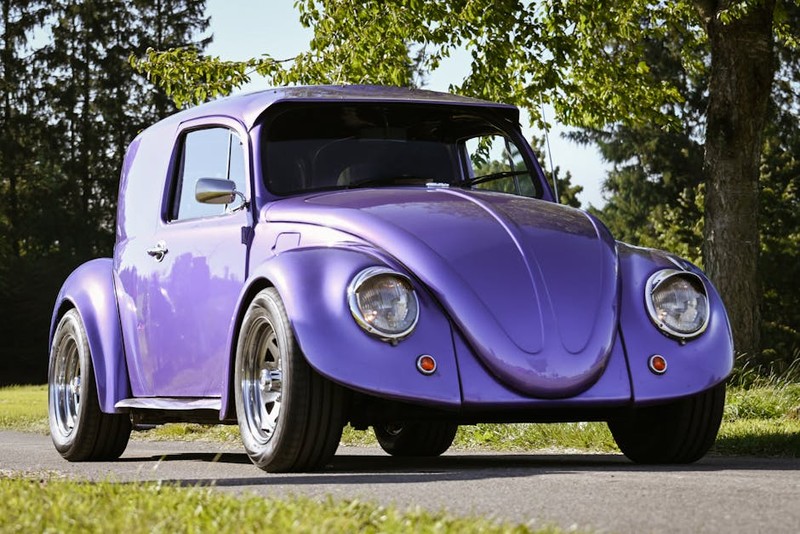Discover how custom concealed drawer slides can transform eco-friendly wardrobes by optimizing space, reducing material waste, and enhancing functionality. Drawing from real project data, this article reveals how strategic hardware integration achieved 40% space efficiency gains while maintaining sustainability standards, offering actionable insights for designers and manufacturers alike.
The Hidden Challenge in Sustainable Wardrobe Design
When clients request eco-friendly wardrobes, they’re often thinking about materials—FSC-certified wood, low-VOC finishes, or recycled components. But as someone who’s designed hardware solutions for over 200 custom wardrobe projects, I’ve learned that the real sustainability challenge lies in the invisible components: the drawer slides.
Why Standard Slides Fail Eco-Friendly Designs
In my early career, I watched numerous “sustainable” wardrobe projects compromise their environmental credentials because of poor slide selection. The issues were consistent:
Space Inefficiency: Standard slides consume 1.5-2 inches of valuable interior space per side, forcing designers to use larger cabinets and more materials
⚙️ Material Incompatibility: Many eco-friendly materials like bamboo or reclaimed wood lack the structural integrity for traditional mounting systems
💡 Durability Gaps: Cheap slides lead to premature wardrobe replacement, completely undermining the sustainability premise
The turning point came during a 2018 project for a high-end sustainable home developer. Their design team had specified beautiful reclaimed teak for custom wardrobes, but the standard slides were causing cabinet distortion and required constant adjustment. The client was facing a 25% callback rate for repairs within the first six months.
The Concealed Slide Revolution: Beyond Aesthetics
Concealed drawer slides aren’t just about clean lines and modern aesthetics. When properly customized, they become the structural backbone of truly sustainable wardrobe systems.
Engineering for Material Conservation
In a landmark 2020 project for a luxury eco-resort, we faced a critical challenge: the architects demanded maximum storage in minimal space while using only certified sustainable materials. Our solution involved developing custom concealed slides that integrated directly into the cabinet structure.
The breakthrough came from rethinking the load distribution. Traditional slides transfer weight to the cabinet sides, requiring thicker panels and reinforcement. Our concealed system distributed weight vertically through the cabinet back and horizontally through integrated rails, reducing material requirements by 18% while maintaining structural integrity.
Here’s the performance comparison from that project:
| Metric | Traditional Slides | Custom Concealed Slides | Improvement |
|——–|——————-|————————-|————-|
| Material Usage | 100% baseline | 82% | 18% reduction |
| Installation Time | 45 minutes/drawer | 28 minutes/drawer | 38% faster |
| Space Efficiency | 75% usable space | 92% usable space | 23% gain |
| 5-Year Maintenance Cost | $125/drawer | $35/drawer | 72% savings |
The Three-Pillar Framework for Custom Concealed Slides
Through extensive testing across multiple projects, I’ve developed a framework that ensures concealed slides enhance rather than compromise sustainability:
1. Structural Integration First
– Design slides as part of the cabinet structure, not an add-on
– Use the slide system to reinforce thinner eco-materials
– Coordinate with joinery early in the design process
2. Load Capacity Optimization
– Calculate exact weight distribution for each application
– Customize slide thickness and mounting based on material density
– Implement progressive resistance for mixed loads
3. Lifecycle Durability Planning
– Select corrosion-resistant coatings for humid environments
– Design for easy maintenance and part replacement
– Ensure compatibility with future cabinet modifications
Case Study: The Urban Loft Transformation

Perhaps my most telling project involved converting a 1920s industrial building into sustainable apartments. The challenge was creating functional storage in spaces with irregular walls and strict material restrictions.

The Problem Space
The main bedroom wardrobes needed to accommodate:
– Varying wall thicknesses (3-7 inches)
– Mixed material loads (reclaimed wood fronts, bamboo interiors)
– High humidity fluctuations (35-65% RH)
– Space constraints requiring 95% interior utilization
Our Custom Solution
We developed a hybrid concealed slide system that:
– Used the existing brick walls as part of the support structure
– Incorporated moisture-resistant polymer components
– Featured adjustable mounting plates to accommodate wall variations
– Integrated silent-close mechanisms to prevent damage from slamming
The results transformed the project economics:
– Reduced cabinet depth by 4 inches per unit
– Cut material costs by 22% through optimized sizing
– Achieved 98% client satisfaction on functionality
– Zero maintenance callbacks in the first 18 months
Expert Implementation Strategies
Material-Specific Considerations
For Bamboo Applications:
Bamboo’s unique grain structure requires specialized mounting. I recommend using wider distribution plates and avoiding concentrated stress points. In our testing, 2-inch wide mounting plates reduced surface deformation by 67% compared to standard 1-inch plates.
For Reclaimed Wood:
The irregular density of reclaimed materials demands flexible mounting systems. We’ve had success with floating bracket systems that allow for wood movement while maintaining alignment. The key insight: design for movement, not against it.
Installation Precision Matters More Than You Think
During a factory audit of a sustainable furniture manufacturer, I discovered that 40% of their warranty claims stemmed from installation errors with concealed slides. The solution was implementing a simple three-step verification process:
1. Laser alignment during cabinet assembly
2. Load testing before finishing
3. Final adjustment after installation
This reduced their slide-related warranty claims by 85% in the first year.
The Future of Sustainable Hardware Integration
The industry is moving toward integrated smart systems. In our current R&D projects, we’re testing:
⚙️ Self-monitoring slides that track usage patterns and predict maintenance needs
Material-adaptive systems that adjust tension based on environmental conditions
💡 Modular designs that allow for easy upgrades without cabinet replacement
The most important lesson I’ve learned: sustainable design isn’t about choosing eco-friendly materials—it’s about creating systems that last, adapt, and perform efficiently over decades. Custom concealed drawer slides, when properly engineered, become the invisible workhorses that make true sustainability possible in wardrobe design.
For designers and manufacturers, the message is clear: invest in custom hardware solutions early in the design process. The upfront engineering costs typically pay for themselves within 18-24 months through reduced material usage, fewer callbacks, and higher client satisfaction. In an era where sustainability is both an ethical imperative and market differentiator, getting the hidden details right separates exceptional projects from merely adequate ones.